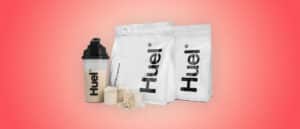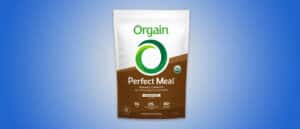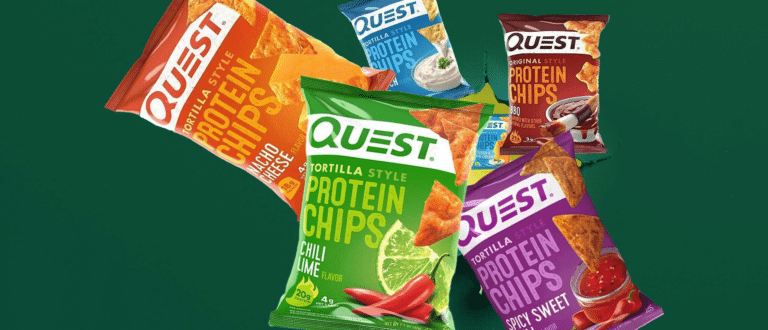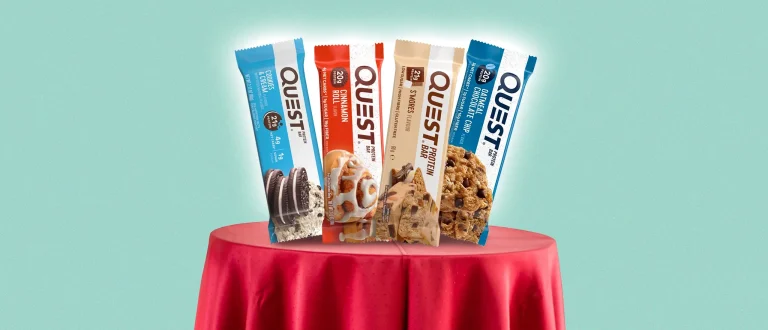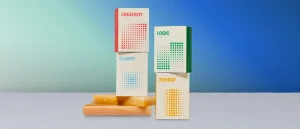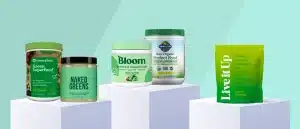Despite My Best Efforts, I Actually Kind of Dig Soylent MRE Shakes
I like to cook, I like to eat, and, because I’ve got a somewhat sensitive stomach, I don’t particularly like uber-processed foods. All of this would suggest I’m not the best person to review a meal you don’t cook, you don’t “eat,” and also happens to be the very definition of processed.
And yet the appeal of Soylent, a modern MRE solution, is obvious: sometimes a person doesn’t have half an hour to whip up lunch between meetings, but fears the onset of a hangry mood all the same. What’s it like? Does Soylent keep you full? Does Soylent taste good? I tried it for a month to find out.
What Is Soylent?
At the most fundamental level, Soylent is a powder-ized meal. Servings include a protein, fat, carb, and micronutrient load similar to that of a reasonably healthy meal—19g fat, 42g carbs, 20g protein. It’s also listed by the FDA as a food product, which is fairly uncommon for a nutritional item in this world.
The foundation of Soylent is, unsurprisingly, soy protein isolate. It’s the first ingredient on the nutrition label and it’s in the name. The company provides many reasons for this. Soy is a great source of both protein and the micronutrients we need to live well. Soy lowers the glycemic index of the product. Soy isolate shakes up well, creating a smoother shake.
You can buy Soylent in pre-made shake form or powdered form. We opted to review the original powdered form because it’s more affordable per serving and offers a bit more flexibility in consumption (I can blend it with some frozen fruit and water if I want a little better taste, for example).
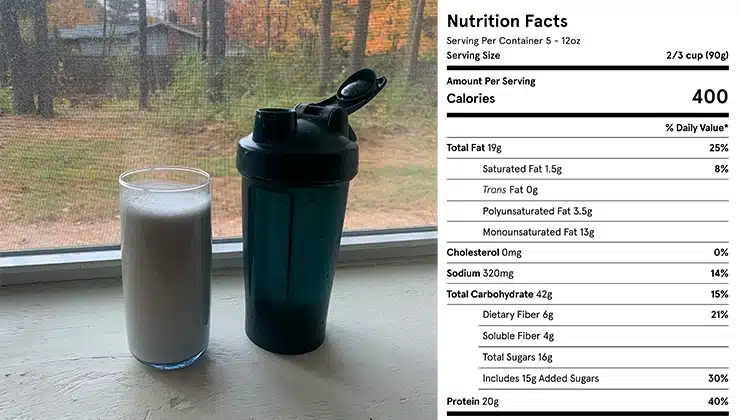
What’s Good About Soylent?
Solid value
Soylent offers relatively strong bang for your buck. This is perhaps the most surprising revelation for me. Whenever I run into brands and products like this one, I assume the function will be somewhere between serviceable and good, but that the price will be exorbitant (or that a less flashy brand is selling the same stuff at half the price).
There are 35 “meals” per Soylent order. Let’s start with subscription versus one-off ordering. A one-time purchase of Soylent Original is $70, or almost exactly $2 a meal. If you order a subscription—which you can have delivered every 15, 30, 45, or 60 days—you get that per meal dollar figure to $1.66, or just under 20 percent off per meal.
I wouldn’t expect anyone to subscribe to a product they’ve never tried before right off the bat, but even $2 a meal is, quite obviously, a solid deal. Especially so if you’re someone who considers the cost of time spent in the kitchen, which is about 30 seconds with a Soylent meal.
Full feeling
One 400 calorie Soylent drink—just Soylent and water, no added stuff from my pantry—staves off hunger for about two hours. Is that as long as a meal I’d cook myself? It is not, but it’s a lot longer than the zero seconds, minutes, or hours I stay full when eating junk food instead.
For some context, I’m on a roughly 2,400kcal daily diet, so Soylent accounts for something like 15 or 16 percent of my daily caloric intake. It’s significantly more filling than a typical protein shake, which I think is mostly due to a better-rounded macro spread and the presence of plenty of vitamins, minerals, and amino acids.
Soylent is not as filling as a plate of healthy food, but it’s a hell of a lot better than the garbage we typically reach for when short on time.
Mixes well
I’ve tried a number of MRE powders and protein powders—they typically suck tremendously when it comes time to stop being a powder. You add water, you shake, and the powder just clumps together and makes the whole experience feel a little too dystopian (this was the taste when our reviewer tried popular MRE powder Huel, for example).
Soylent doesn’t have this issue. I’m not going to pretend I understand the science of solubility, but I can tell you a 2/3-cup scoop of Soylent dissolves into a 12-ounce cup of water in about 10 seconds of shaking. This is welcome as someone looking to fill the snack—and occasional quick lunch—void.
What’s Not Good About Soylent?
Taste
The dulcet flavors of a Soylent shake isn’t something I’m writing home about. My partner described a Soylent shake as tasting like “watered-down Bisquick,” which I wouldn’t say is a glowing review. On the one hand, I feel like I’m betraying the rest of this review by saying the taste isn’t great—the very meh taste is partly because it’s not loaded up with added sugars, which is exactly what I don’t want. But the fact remains that the flavor isn’t why you’d consider Soylent.
If you’re really struggling you can blend up the Soylent serving with a little water and frozen fruit, but it’s just inoffensive enough that I doubt anyone will feel that as completely necessary.
Soy, soy, soy
Soylent, being soy-based, can’t be consumed by those with soy intolerances. This should not come as a shock, and I hesitated to name this a “con” because in the end—apologies to the soy-intolerant—something like 99.5 to 99.7 percent of the population shouldn’t have an issue drinking or digesting Soylent. For those that have a soy issue, we recommend Orgain’s MRE powder (read the full review here).
The Competition
Ka’Chava
Try Ka’Chava ($70) if you want something with more flavor (and more flavor options) than Soylent. There are five flavors to choose from (including chai, coconut acai, and matcha) and the brand boasts a truckload of superfoods, adaptogens, antioxidants, fiber, and even probiotics and digestive enzymes. At only 15 meals per bag—or $4.66 a meal—it is significantly more expensive. Read our full review here.
Huel
Huel Powder v3.0 ($83 for two bags, or about $2.20 a meal) is another option that’s growing in popularity. Unlike Soylent, it’s oat-based, so you don’t have the issue of soy intolerance to contend with. It’s also a bit more protein-forward than Soylent, which is more well-rounded, macro-nutritionally speaking. Our reviewer didn’t find Huel to blend very well at all, though, and said the taste was less than ideal.
Orgain
Popular protein powder brand Orgain released its MRE powder recently, too, and is a decent option if you want something a bit lighter than Soylent (or the other popular alternatives). A serving of Orgain is only 250 calories, whereas the others are typically 400 or thereabouts. Our reviewer did note that the price ($60 for a one-time purchase, and just above $4 a serving) was a touch high for what it is, and that the nutrition info was a bit closer to a fiber-rich protein powder than a proper MRE.
The Bottom Line
If you’re looking for something to replace every meal you eat, I wouldn’t recommend Soylent (and we haven’t found any MRE powder that fills that role). But if you’re looking for a convenient and healthy meal replacement for days you don’t have time to make something yourself, Soylent offers a pretty strong combination of nutrition and price.



